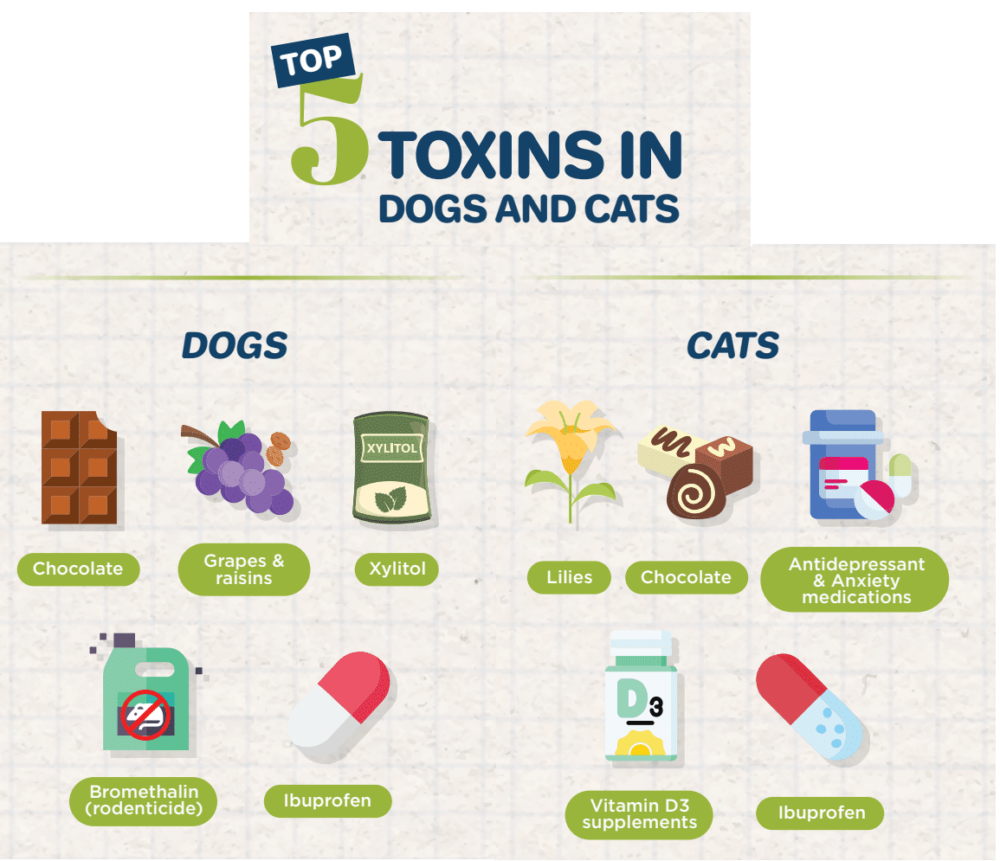Online Tool Helps Identify Top Pet Toxins

Every year, thousands of dogs and cats are poisoned by ingesting everyday substances that their guardians may not always think of as harmful. Recently, the toxicology experts at Pet Poison Helpline analyzed five years of call data and released an updated version of Toxin Trends. Launched last year, this online tool is designed to help you research dangerous and potentially deadly poisons in your area.
According to Dr. Renee Schmid, a senior veterinary toxicologist at Pet Poison Helpline, the Toxin Trends tool “identifies the top 20 potentially dangerous toxins to pets…and identifies where in the United States and Canada pets are most at risk for that particular exposure. These toxins include medications, foods, plants, chemicals, and other potentially harmful items.”
For dogs, the top reported toxin in every state and province is chocolate. Moving down the list, however, various regional differences emerge. In a number of states, including Texas and North Dakota, the artificial sweetener xylitol is the second-most common toxin for dogs. When it comes to cats, lily poisoning was the most frequently reported toxin in many states, including Texas.
“Toxin Trends is free and easy to use, and we hope people find it valuable,” says Dr. Schmid. “Information is power, and we want to empower pet owners to be aware of what toxins are a potential threat to their pets in their area. It can also be useful if you plan to travel with your pets to a location that may expose them to toxins they are not normally exposed to at home.”
The following image lists the top five toxins for both dogs and cats — to see the complete list of 20, along with the most frequently-seen clinical signs of poisoning, visit Pet Poison Helpline.

AUTHOR PROFILE

Animal Wellness
Animal Wellness is North America\’s top natural health and lifestyle magazine for dogs and cats, with a readership of over one million every year. AW features articles by some of the most renowned experts in the pet industry, with topics ranging from diet and health related issues, to articles on training, fitness and emotional well being.



